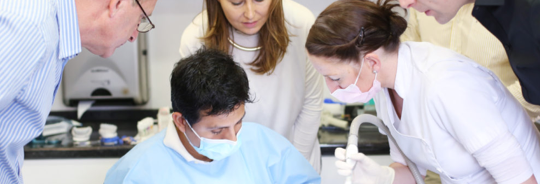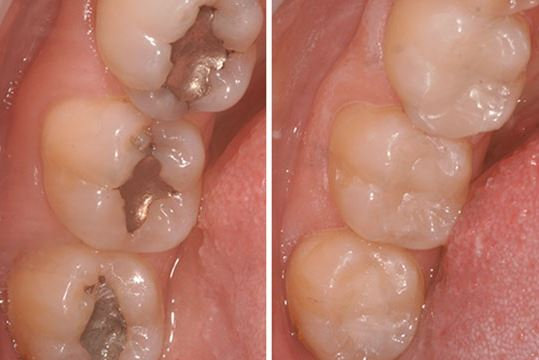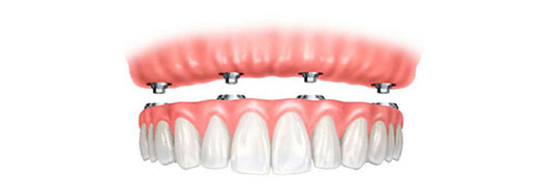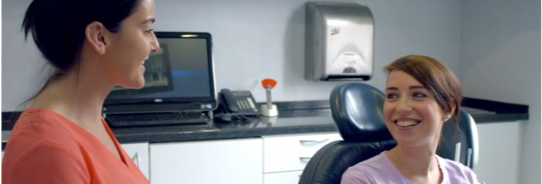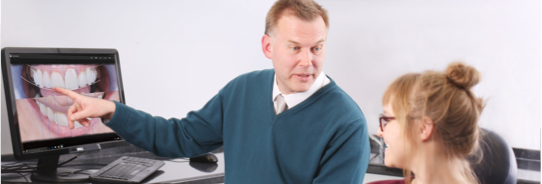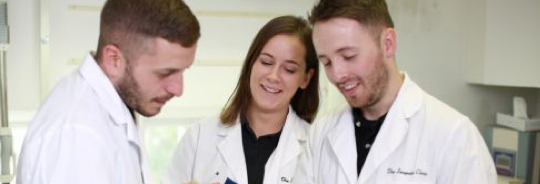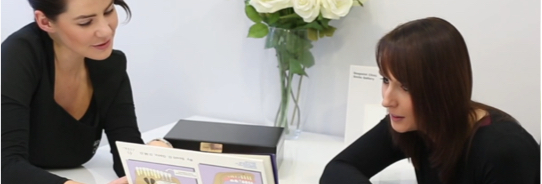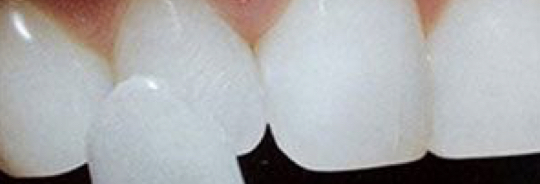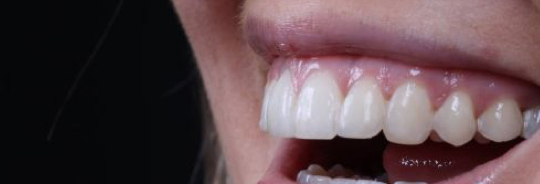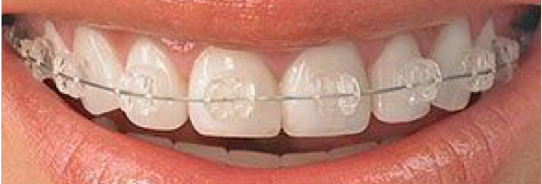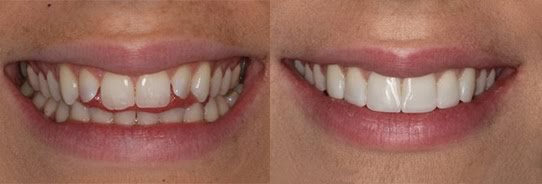
Blog
We post all the latest information here regularly so it's always up to date for you. If there is a topic you would like to have us cover please ask.
15 February 2022
Artificial enamel is the future!

Enamel is quite remarkable, sturdy enough that humans can chew but flexible enough that it doesn't crack with every bite. However, once it's lost or damaged, it's gone forever. But what if scientists could come up with a similar material? It would have many varied applications even beyond dentistry. According to research by a leading team of scientists, it appears as though fiction may have become fact!
Artificial Enamel
To make this artificial enamel, the scientists had to mimic the structure of real enamel by bringing calcium, phosphorus, and oxygen atoms together in a pattern that could form crystalline wires. These wires are responsible for enamel's elasticity and hardness. In this new process, scientists use high temperatures to coax the wires into a form resembling that of natural enamel. To do this, they used wires of hydroxyapatite, the same material that real enamel consists of.
To ensure the new material's sturdiness, the researchers further encased the wires in a versatile metal-based coating. This new coating provides the necessary protection to make this artificially created enamel strong and malleable. Once the team had finished designing and engineering their new enamel, they put it to the test. The researchers attempted to indent both the artificial and real enamel with a pointy diamond tip and compared how the two materials handled the injury.
Outperforming the real thing
They quickly discovered that the artificial version outperformed its original counterpart in six different important areas such as elasticity and the ability to absorb vibrations. So, is the fake enamel ready to be delivered to dentists everywhere?
Not yet. Additional studies need to be undertaken to confirm how well the material bonds to natural enamel, a process necessary for tooth repair. In addition, the new enamel's development method, involving extreme temperatures and the use of a diamond saw to cut the material, is still too complex to be undertaken in dentists' offices.
Still, it's an important first step in the right direction and will eventually be needed for the future of our tooth maintenance.



